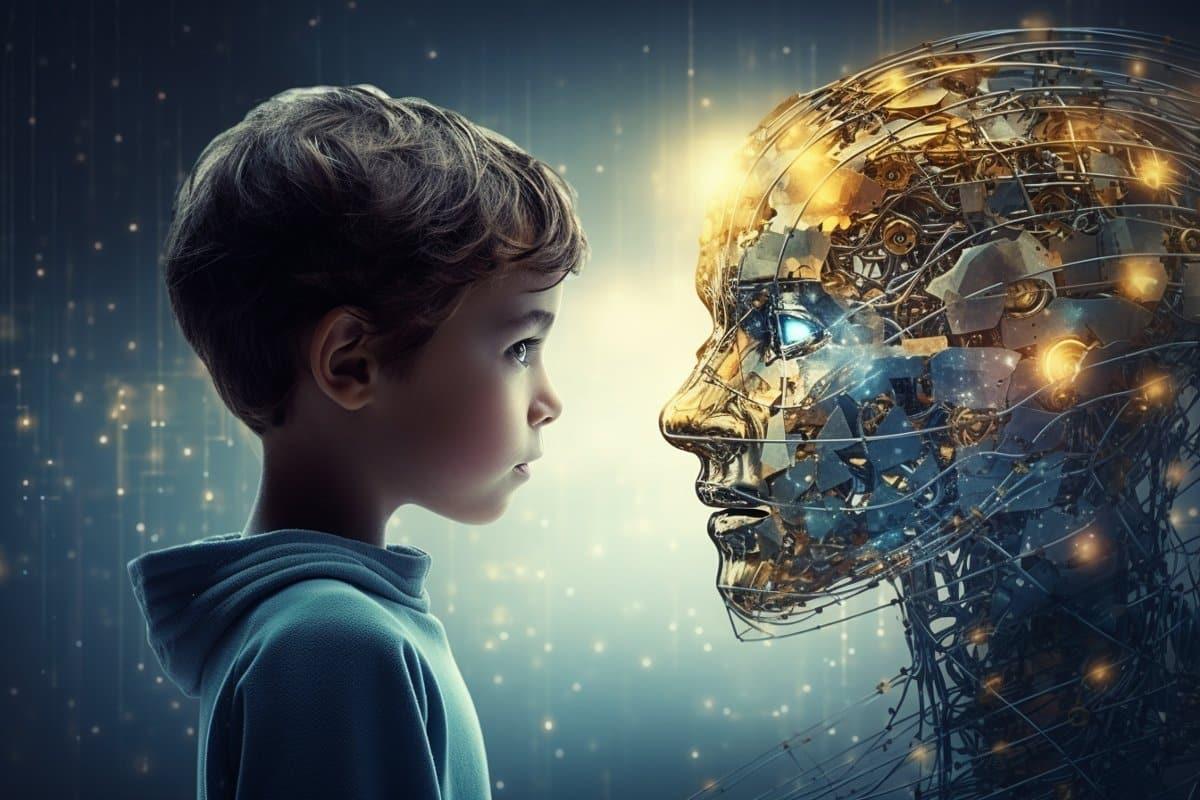
Turin, Italy (Enmaeya News) — The number of child sexual exploitation cases increased in 2020, as abusers began using artificial intelligence (AI) to target, manipulate, and blackmail children, according to a report by the United Nations Interregional Crime and Justice Research Institute. The global charity Save the Children echoed those concerns in a recent report on the dangers AI poses to children.
AI-generated content can now be used in many harmful ways, including blackmail through fake obscene materials, impersonation of trusted voices, and luring children into dangerous situations. The dangers are no longer limited to adult supervision but now require children themselves to understand and recognize the risks.
Experts and organizations agree that educating both parents and children about these risks has become an essential part of modern child protection strategies.
Open Communication Is Key
Save the Children stresses that the most powerful defense against online harm is open, regular communication between children and their parents or guardians. Children should feel safe reporting uncomfortable or suspicious experiences online, without fear of blame or punishment.
Predators rely on fear and confusion. They often use generative AI tools to create realistic fake content and manipulate children emotionally. This makes the child feel scared, ashamed, or too unsure to seek help.
Parents are urged to stay informed about AI’s ability to create content that looks or sounds real, so they are less likely to believe false information they may receive about their children.
AI Is Not Just a Threat—It Can Help
Despite the serious threats AI poses, it can also be a helpful tool. When used correctly and under supervision, AI can raise awareness and educate children about online safety.
Some studies suggest that children can explore AI tools with their parents’ help. This lets them learn how AI works while reducing the risk of being exposed to AI hallucinations—fake or inappropriate content generated by mistake.
Parents themselves are encouraged to become familiar with AI tools and their capabilities. This helps them better assess risks, guide their children, and respond wisely to threats.
Use Secret Codes to Identify Scams
A Washington Post report described a method used by cybersecurity expert Dan Woods to protect his family from impersonation scams. His strategy involves creating a family system of secret words and codes used to verify real identities in emergencies or unexpected messages.
Even if a scammer uses a voice that sounds like a trusted person, they won’t know the secret code. This simple method has worked in several high-profile impersonation cases, including attempted scams targeting U.S. officials like Senator Marco Rubio, according to The New York Times.
Fight AI with AI
While it may sound ironic, one of the best ways to protect against AI scams is to use AI detection tools. These tools can scan photos, videos, and audio files to determine if they were created using AI.
Many of these systems use advanced algorithms to detect patterns and inconsistencies that humans may miss. While free versions exist, paid tools are usually more accurate and reliable, especially for high-stakes content verification.
These tools are available for all content types, from text to voice to video, and they’re increasingly used by journalists, educators, and parents.
Stay Alert to Small Details
AI tools are only dangerous when they are used to deceive. That’s why experts say paying close attention to small details is key to spotting fraud.
Most AI scams rely on tricking the victim into believing the content is real. That’s why experts advise refusing suspicious calls or messages and calling the person back using a trusted number. This ensures communication with the real person—not a digitally generated fake.
Each scam may look different, but alertness and second-guessing unexpected content are strong defenses.
Shared Responsibility and Urgent Regulation
The Washington Post's report also points to the need for stronger laws and regulation. As AI tools become more realistic, tech companies, governments, and regulators must step up to prevent misuse.
The report argues that some tools should not be freely available to the public and that companies should review the content created using their platforms.
Until such rules are in place, however, much of the responsibility falls on families. Staying aware, informed, and connected is the most reliable way to protect children from AI-related threats.



